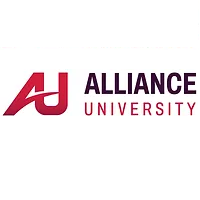Below is a summary of the abstract you submitted. Presenting author(s) is shown in bold.
If any changes need to be made, you can modify the abstract or change the authors.
You can also download a .docx version of this abstract.
If there are any problems, please email Dan at dar78@pitt.edu and he'll take care of them!
This abstract was last modified on March 16, 2021 at 9:29 p.m..

During 2019-20 students at Nyack College isolated fourteen phages using several members of the phylum Actinobacteria including Microbacterium testaceum as hosts. Sequencing revealed that several of the new Microbacterium phages were tailless phages in the family Tectiviridae and designated Cluster GE. These phages include MuffinTheCat, Badulia and DesireeRose with an average genome of 15,481bp and 54.9% GC content. Tectiviridae consists of phages with icosahedral protein capsids and a lipid-containing inner membrane which encloses a ~15kb dsDNA genome. These are the first tectiviruses isolated using the host M. testaceum. Previously, the only three tectiviruses infecting Actinobacteria have been isolated; Rhodococcus phage Toil which infects Rhodococcus opacus and Streptomyces phages WheeHeim and Forthebois which infect Steptomyces scabei. Currently there are five genera including the recently proposed Deltatectivirus genus to which the other actinobacteriophages belong. Bioinformatic analysis revealed that as with the other Tectiviridae phages there are three highly conserved genes encoding a DNA polymerase, major capsid protein and DNA packaging ATPase present in the genomes. Average nucleotide identity (ANI) analysis reveals <60% similarity of the Cluster GE phage to other tectiviridae and such low ANI scores suggest a divergence from the other members of the family. As the cluster GE phages are distinct from all the other five genera of Tectiviridae identified thus far, this may warrant the creation of a new genus. Wet bench characterization of the cluster GE phages is ongoing and will be presented.

